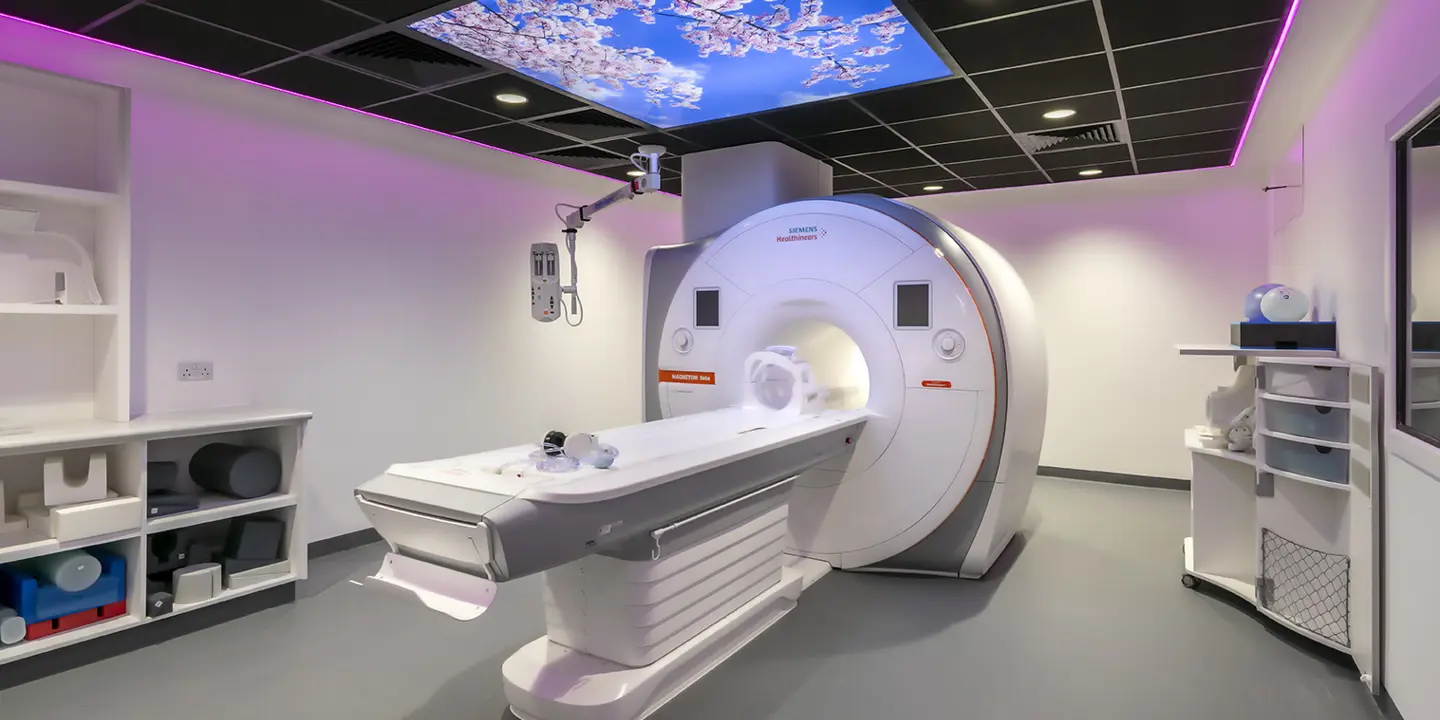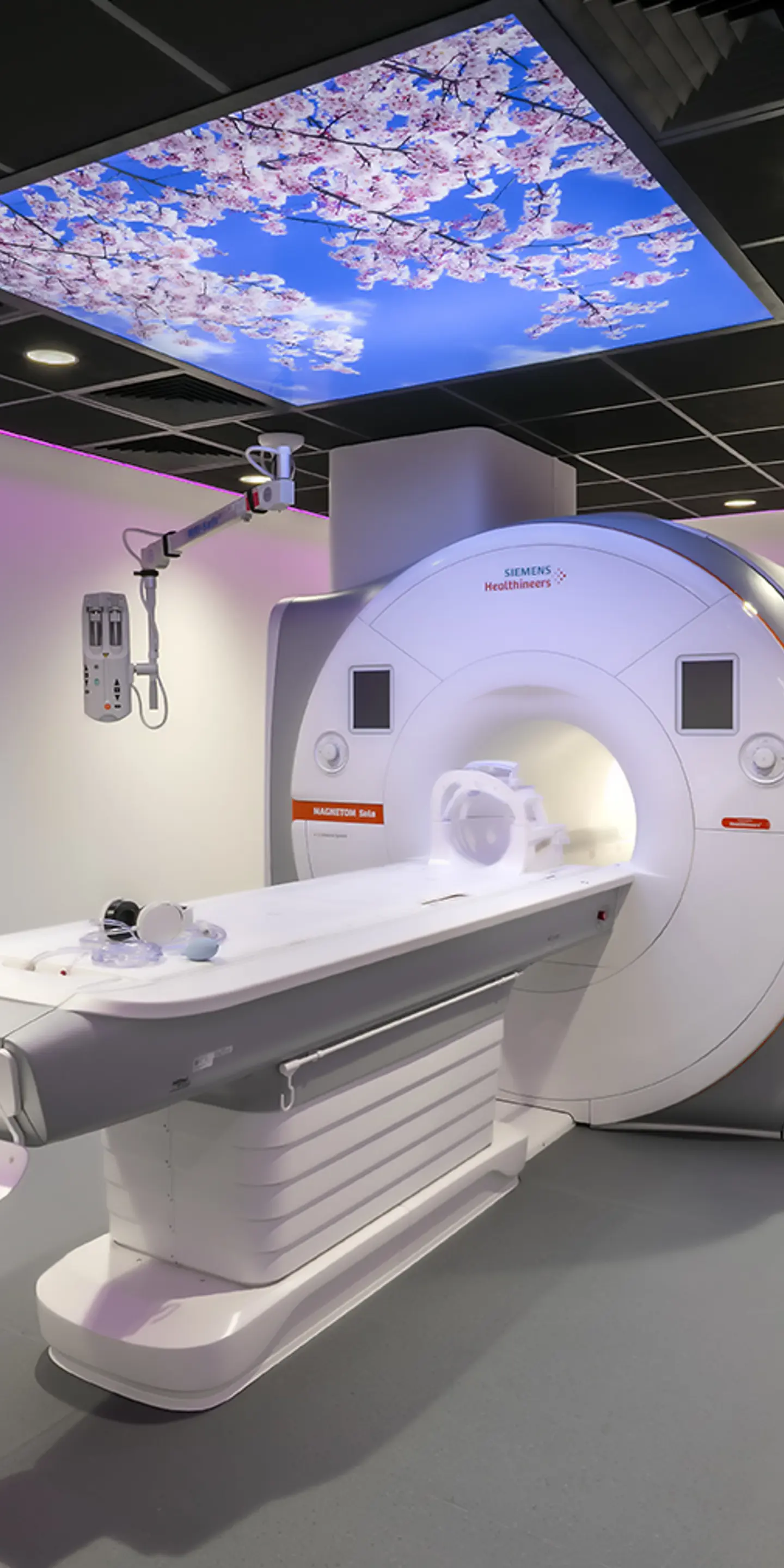Should You Get an MRI for Migraines? Understanding Your Options
Migraines affect around 1 in 7 people worldwide. They are a severe type of headache that starts on one side of your head. In most cases, if you have migraine attacks, you do not need an MRI scan.
So when should you get an MRI scan for migraines? We’ll explore that here, as well as discussing migraine symptoms and how they differ from other headache patterns.
What is the difference between headaches and migraines?
Migraines are a type of headache. Colloquially, people often refer to bad headaches when they mean mild to moderate head pain and use the term migraine for more severe headache episodes.
Medically, migraines are different from common primary headaches like tension or cluster headaches due to their severity and associated symptoms. They can last anywhere from 2 hours to several days.
Understanding migraine symptoms
Migraines cause severe headaches and head pain, often described as throbbing. They typically begin on one side of the head, although they can spread to both sides of the head.
Other symptoms of migraines may include light sensitivity, noise sensitivity, nausea and/or vomiting. Migraines often produce warning signs in the hours or 1–2 days leading up to the attack. These signs include:
-
A stiff neck
-
Feeling very tired and/or yawning
-
Food cravings
-
Mood changes
-
More frequent urination
Some migraine attacks also produce warning signs just before the migraine starts. This is called a migraine with aura. Signs include:
-
Difficulty with your speech
-
Numbness and/or tingling along one hand or arm, which can spread to your face
-
Vision changes ie seeing zigzag lines and flashing lights
These symptoms may resemble signs of other medical conditions, so recognising the specific headache patterns is essential for an accurate diagnosis.
When to consider an MRI Scan for migraines
Most headaches, including migraines, are primary headaches. That means they are not caused by any underlying conditions.
An MRI (magnetic resonance imaging) scan is designed to create clear images of the brain’s structures. An imaging study like this is not typically used to diagnose primary headaches, as these headaches are not caused by a structural brain abnormality.
Conversely, secondary headaches are triggered by an underlying cause, often related to other medical conditions. Many of the causes of secondary headaches are due to conditions that can cause structural changes in your brain. These structural changes, which are abnormal findings, can be detected by MRI brain imaging.
Causes of secondary headaches include:
-
A brain aneurysm — bulging of a blood vessel; when an aneurysm bursts, it can cause a haemorrhagic stroke
-
Brain tumours
-
Blood clots in a vein or artery — this includes:
-
Cerebral venous sinus thrombosis — a blood clot in a vein in the brain
-
Ischaemic stroke — a blood clot that usually blocks an artery in the brain
-
Chiari malformation — a structural issue in the brain’s cerebellum
-
Encephalitis — inflammation of the brain
-
Meningitis — inflammation of the brain’s protective coverings (membranes)
Some medical conditions cause secondary headaches not related to the brain, so a brain scan may not detect them. This includes:
-
Acute angle-closure glaucoma — where the pressure in your eyes rises suddenly
-
Sinusitis — where the spaces in your skull around your nose (nasal sinuses) become inflamed
Can I get an MRI for headaches?
You can get an MRI for headaches in some circumstances. Since secondary headaches can indicate a serious underlying cause, doctors may recommend brain imaging studies such as an MRI or CT scans. However, this will usually only be recommended if you:
-
Have new headaches and have previously had a type of cancer that can spread to the brain.
-
Have a thunderclap headache, which can be a symptom of a brain aneurysm or stroke — a thunderclap headache comes on very suddenly and within a few minutes becomes excruciatingly painful.
-
Have other symptoms alongside headache pain.
-
Have a change in your migraine pattern or how long they last.
Your primary care provider may recommend an MRI if you have migraine symptoms with:
-
Head pain when coughing, exercising or changing posture
-
Paralysis, numbness or tingling of part of your body
-
Seizures
These could signal abnormal findings or a serious underlying cause that needs urgent diagnosis.
How MRI scans help diagnose migraine causes
MRI stands for magnetic resonance imaging. It uses powerful magnets and radio waves to generate highly detailed images of the inside of your body.
The MRI scanner is tube-shaped. During an MRI brain scan, your upper body is slid inside the scanner and a magnetic field is generated around you. Most of the human body is made up of water molecules, which consist of hydrogen and oxygen atoms. At the centre of each hydrogen atom is an even smaller particle called a proton. Protons are like tiny magnets and are very sensitive to magnetic fields.
The magnetic field causes the protons to align. When pulses of radio waves are passed through your body, these protons come out of alignment. When the pulse stops, the protons realign, and this releases radio signals, which the MRI machine detects.
A computer converts these signals into grayscale images. Areas containing lots of hydrogen (such as area with lots of water) appear white, while those containing very little hydrogen appear black. This allows a head MRI scan to detect different tissues within your head as well as subtle changes within tissues.
Consequently, a head MRI brain imaging scan can detect structural changes in your brain that can cause a secondary headache or migraine (a headache caused by an underlying health condition). This makes it possible to detect brain lesions, brain tumours, and other structural abnormalities.
A brain scan can also help rule out other medical conditions mimicking migraine symptoms.
Alternative diagnostic tests for migraines
Most migraines are diagnosed based on your medical history, symptoms, and a physical exam. A migraine diagnosis cannot be delivered with imaging tests. Instead, migraines are diagnosed by taking a detailed history of your symptoms and medical history, and having a neurological assessment.
A neurological assessment can help rule out other causes of your migraine and may test your vision, hearing, balance, coordination and reflexes.
Imaging tests (CT scans, X-rays or MRIs) are usually only recommended if you have symptoms that suggest a secondary headache, that is, a headache caused by an underlying health condition.
Weighing the pros and cons of an MRI scan
MRIs are non-invasive, painless, and do not involve ionising radiation exposure, making them safer than X-rays or CT scans, especially for pregnant women. They can detect subtle issues that aid in an accurate diagnosis, but may also reveal harmless anomalies that create anxiety.
In rare or unusual cases, an MRI can identify changes related to high blood pressure, damage to the optic nerve, or abnormalities in brain structure.
Worried about your migraines?
People often ask, ‘Should I get an MRI for migraines?’. If you are concerned that your migraines are a sign of a serious underlying health condition, then you can find peace of mind with Vista Health.
You can self-refer and book your Private MRI scan with Vista Health without needing a referral from a doctor or another healthcare professional. A scan may help detect or rule out underlying conditions, guide your treatment plan, manage your migraines, and even help prevent future attacks.
Call 999 if you or your child:
-
have a headache that came on suddenly and is extremely painful
-
have problems speaking or remembering things
-
lose your vision or have blurred or double vision
-
feel drowsy or confused
-
have a seizure or fit
-
have a very high temperature and symptoms of meningitis
-
cannot move or have weakness in the arms or legs on 1 side of your body, or 1 side of your face
Do not drive yourself to A&E.
The person you speak to at 999 will give you advice about what to do.
Sources
https://www.nhs.uk/conditions/migraine/
https://cks.nice.org.uk/topics/migraine/background-information/prevalence/
https://www.mayoclinic.org/symptoms/headache/basics/causes/sym-20050800


